Presented by
Strange Data LLC.
CLARENCE BARLOW and host Scot Gresham-Lancaster have know each other for decades and over the years Scot's admiration for Clarence's amazing body of work and research has only grown. In this podcast they talk over some of that work with a focus on the pieces at the Art/Science boundary. Clarence speaks at length about many of his challenging new ideas regarding techniques for using data in new ways to construct epic and comprehensible auditory experiences. He eschews electronics and converts his data explorations to acoustic instruments. This makes his approach most approachable and singular at the same time.
We talk initially about his new piece Coronialus (2020) which commemorates the fact that the Beethoven year 2020 has been ridden with the new coronavirus. Generated by an electronic transformation of a time-stretched sound recording of the first two chords of Ludwig van Beethoven's Coriolanus Overture Op.62, the individual samples of the stereo recording stretched – for three versions of the piece (see below) – from 6 to 75, 91 and 112 seconds were manipulated by information contained in the genome of the coronavirus. This genome contains exactly 29,903 nucleobases, identified as adenine, guanine, cytosine and uracil. Further, the molecules of these four bases each consist of a typical number and arrangement of atoms of the four chemical elements hydrogen, oxygen, nitrogen and carbon. In Coronialus, the molecular arrangement as well as the valency and atomic number in the periodic table of each individual atom in the genome form the basis of a continuously micro-time-varying downwards frequency transposition through specific sample repetition. This technique in turn led to a second temporal expansion of the already elongated sound recording. Three versions of Coronialus have been made; their durations are 4'43", 5'34" and 7'18". The transformed second Beethoven chord begins just after the middle of the piece. The title - an anagram of 'Coriolanus' - contains the word 'corona' as well as the abbreviation RNA of the acid containing the genome.
Here is a pointer to a pdfs of various papers of his
- Visualising-Sonifying
- On Musiquantics 2012
- Quantification
He also provided this explanation of the following score to Stochroma
Composed in April 1972 with a computer at the University of Cologne, this piano piece has a duration that I was only able to determine precisely in 2020 with the help of a computer. Although I have been familiar with computers and their programming since 1971, until now I had no access to one that could process very large numbers - the durations of my piece are expressed in seconds as the products of powers of two, those of -2215 (very short) to +97 (very long). Sounds are given as note names. There are always pauses in between, which are shown as four connected hyphens. The durations of the sounds and pauses take the form N times a power of 2, e.g. the fourth pause 12X2 ** 58 (seconds). I was able to calculate a long time ago that this duration corresponds to 109,603,884,235 years, 35 days, 17 hours, 48 minutes and 48 seconds. The problem was adding up all 10,000 permanent values. Now it finally turned out that the total duration of the piece is 1,291,393,870,437,209,181,492,178 years, 182 days, 2 hours, 33 minutes and 46.361730597612109 .. seconds. Stochroma may be performed by any number of pianists in excerpts of any length. The title is made up of 'stochastic' and 'chromatic'. The name of Stockhausen, my composition teacher at the time (1972) is also in there.In 2001, the composer Tom Johnson exhibited a score page in the Queen Sofia Museum in Madrid for several weeks.
Clarlow.org Clarence's website
I would be remiss if I did not include a pointer to Clarence Barlow's early masterwork Çoğluotobüsişletmesi, here played by pianist Herbert Henck
Bio: CLARENCE BARLOW - 1945: born into the English-speaking minority of Calcutta, going there to school and college, studying piano, music theory and natural sciences. 1957: first compositions. 1965: graduated in science at Calcutta University, thereafter active as conductor and music theory teacher at the Calcutta School of Music. 1968: moved to Cologne, studying (until 1973) composition and electronic music at Cologne Music University. 1971-1972: studied also at the Institute of Sonology, Utrecht University. 1971: began to use computers as a compositional aid. 1982: initiated, 1986 co-founded, 1986-1993 and 1996-2002 chaired GIMIK: Initiative Musik und Informatik Köln. 1982-1994: in charge of Computer Music at the Darmstadt Summer Courses for New Music. 1984-2005: lecturer on Computer Music, Cologne Music University. 1988: Director of Music, XIVth International Computer Music Conference, held in Cologne. 1990-1991: visiting professor of composition, Folkwang University Essen. 1990-94: Artistic Director, Institute of Sonology, The Hague Royal Conservatory. 1994-2006: Professor of Composition and Sonology at the same conservatory. 1994-2010: member of the Académie Internationale de Musique Electroacoustique in Bourges. 2005-2006: visiting professor of composition, School of Music and Performing Arts ESMAE in Porto. Since 2006: Corwin Professor and Head of Composition, Music Department, University of California Santa Barbara.
Longer BIO hereOur Guests
-
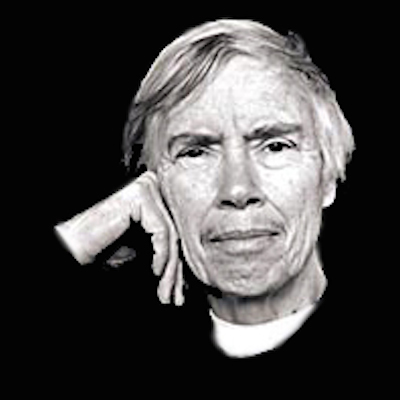 Pauline Oliveros founder of the Deep Listening Institute
Pauline Oliveros founder of the Deep Listening Institute -
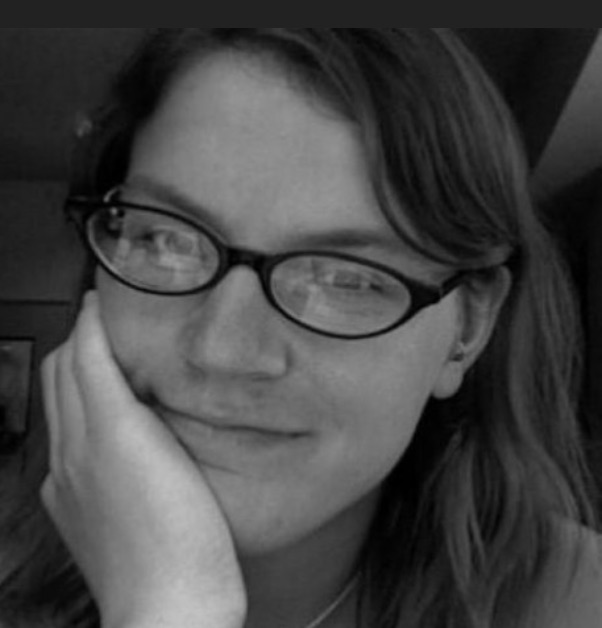 Jordan Wirfs-Brock Radio journalist & sonification
Jordan Wirfs-Brock Radio journalist & sonification -
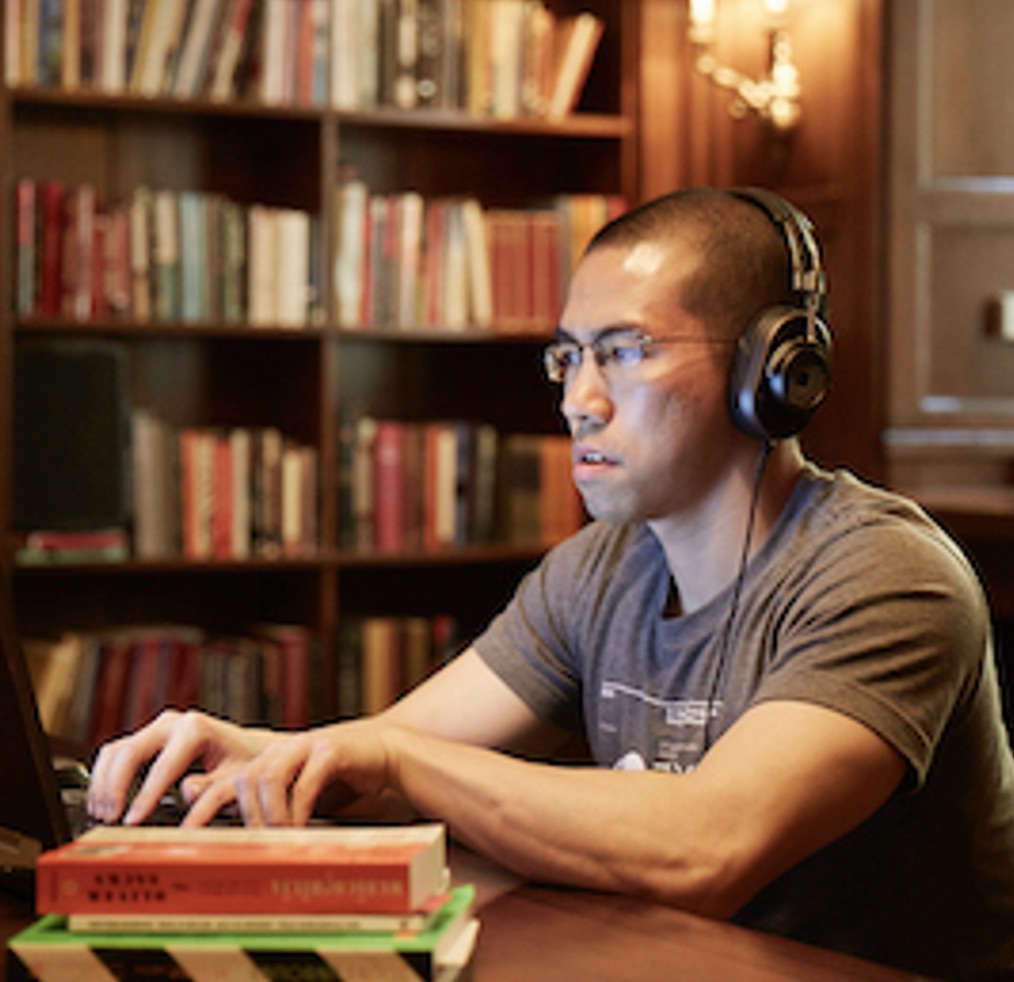 Brian Foo The Data Driven DJ
Brian Foo The Data Driven DJ -
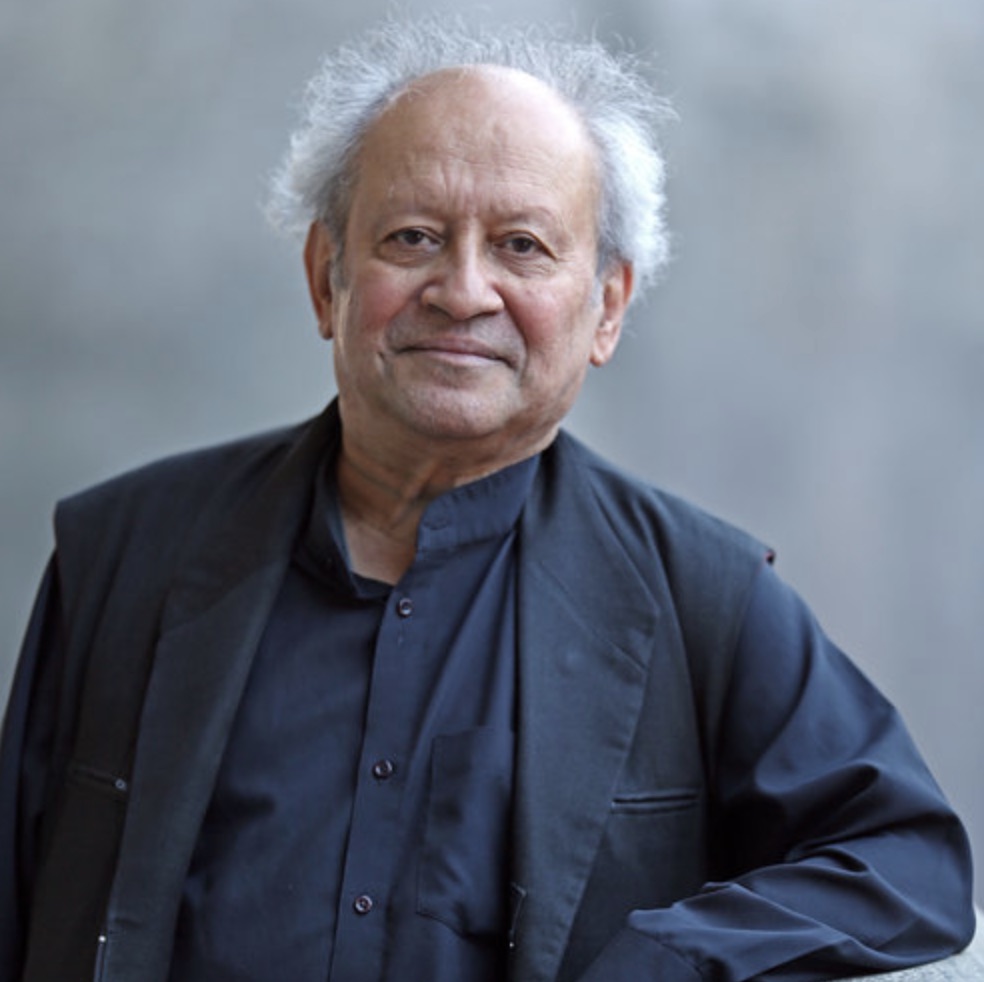 Clarence Barlow Data Composer Extraordinaire
Clarence Barlow Data Composer Extraordinaire -
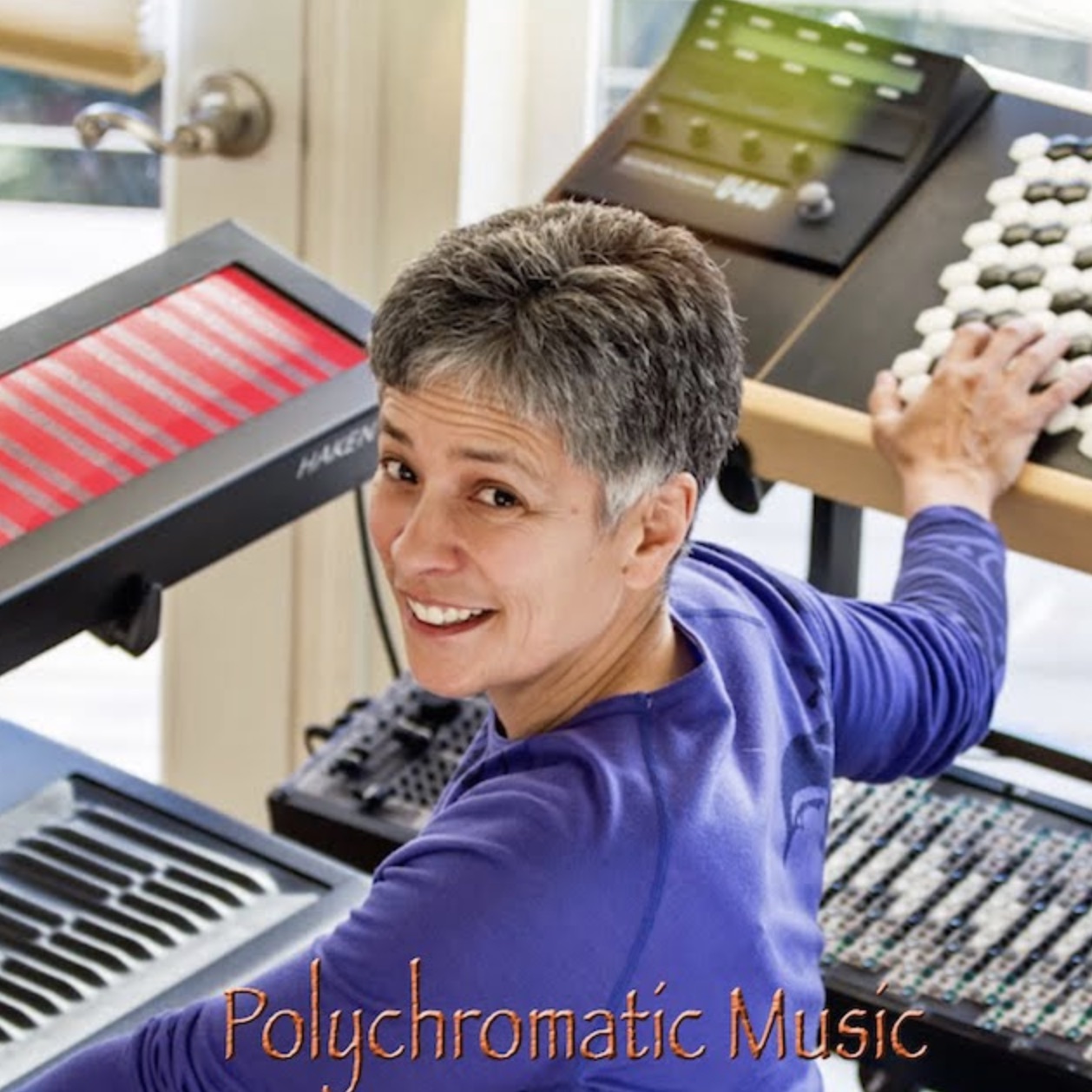 Dolores Catherino Poly Chromatic Music
Dolores Catherino Poly Chromatic Music -
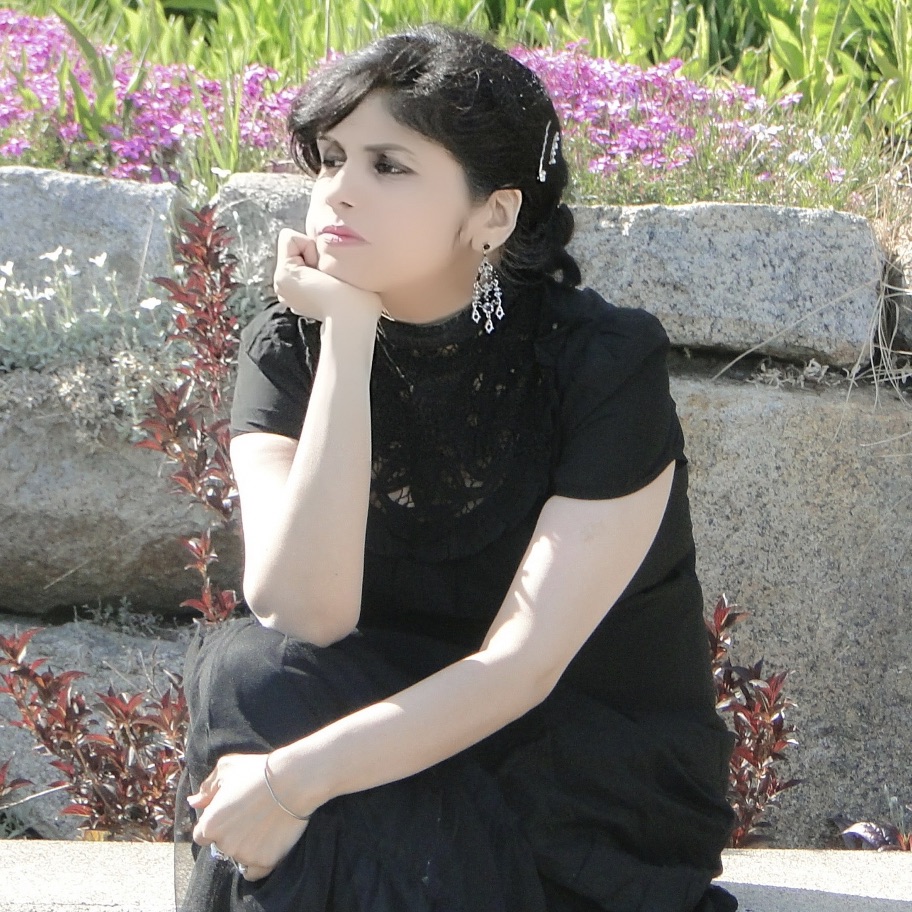 Ivanna Muse Cambridge Creation Lab
Ivanna Muse Cambridge Creation Lab -
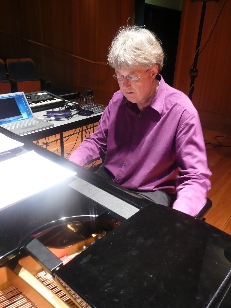 Roger Dean musician, biochemist and cognitive scientist
Roger Dean musician, biochemist and cognitive scientist -
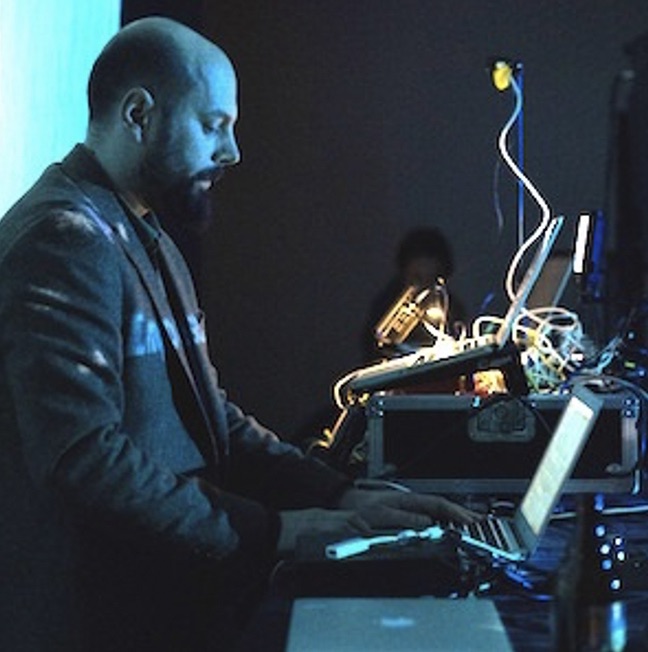 Konstantinos Vasilakos Sonification, gestural improvisation, and live coding
Konstantinos Vasilakos Sonification, gestural improvisation, and live coding -
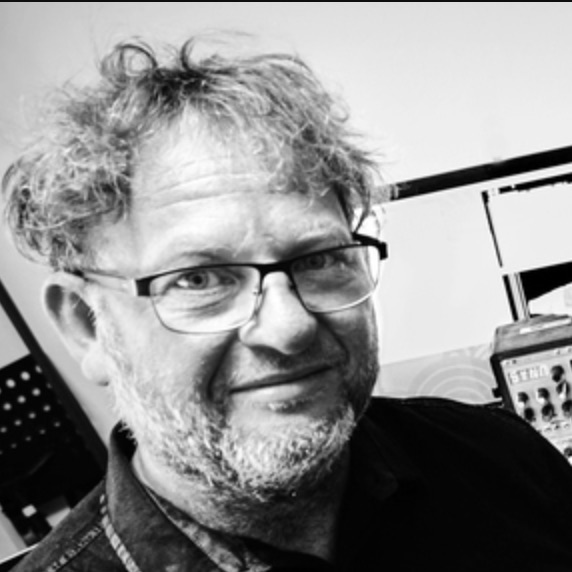 Garth Paine Composer - Acoustic Ecology Lab
Garth Paine Composer - Acoustic Ecology Lab -
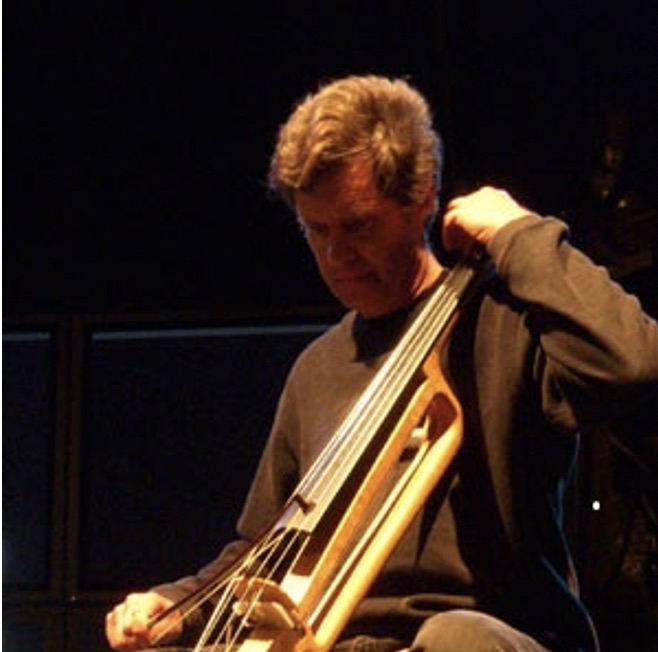 Chris Chafe Sonification Research CCRMA
Chris Chafe Sonification Research CCRMA -
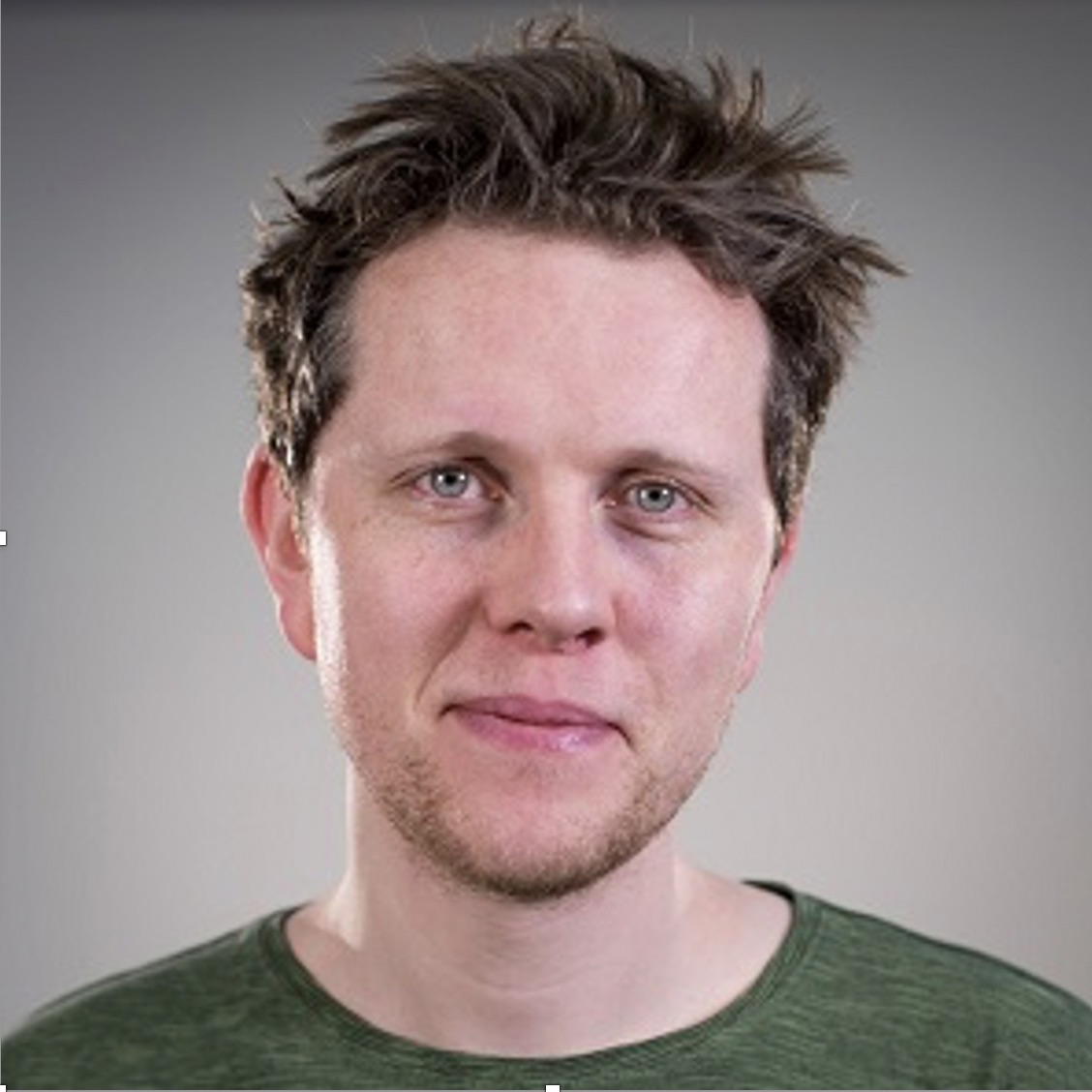 Martin Keary Muse and Sonification Critic
Martin Keary Muse and Sonification Critic -
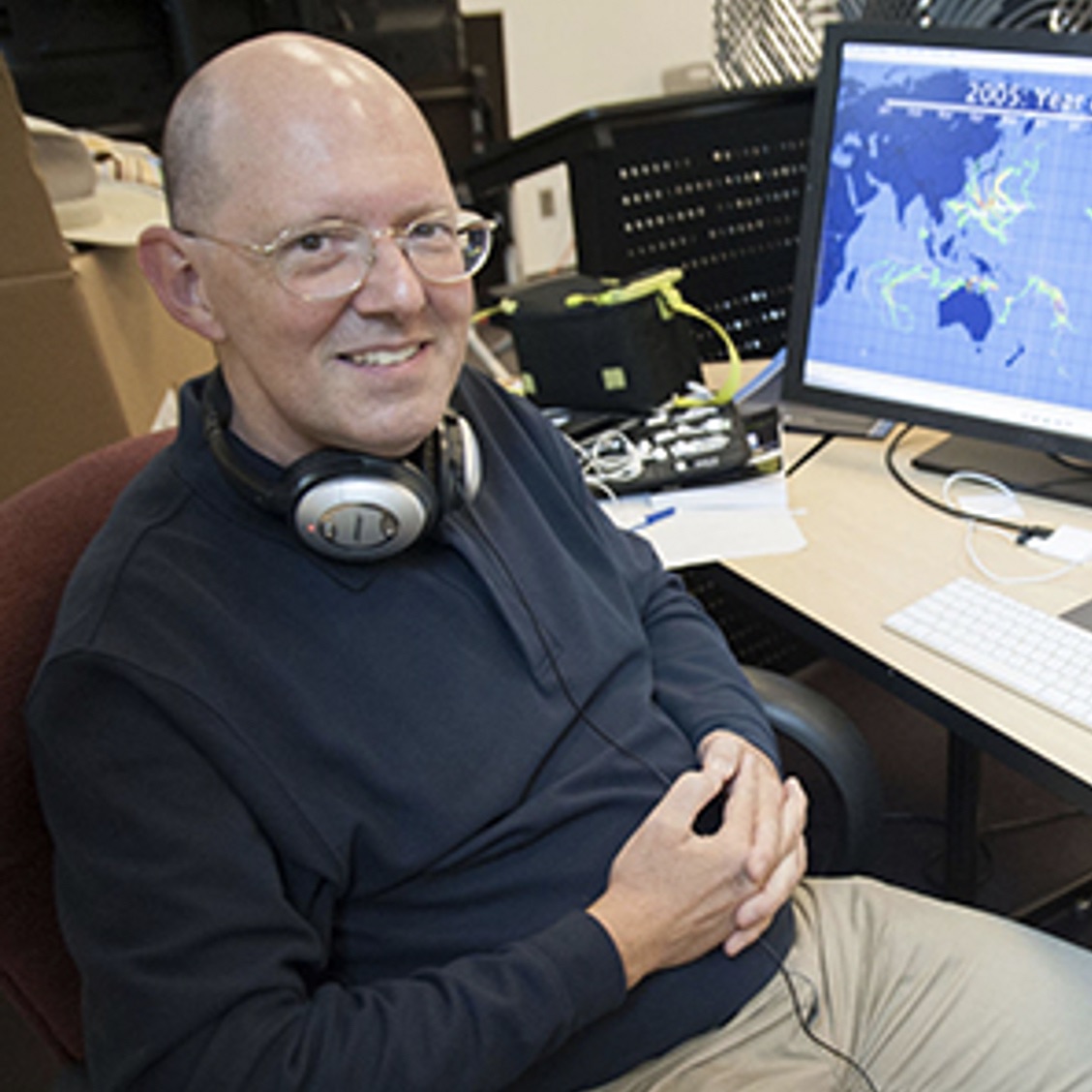 Mark Ballora The voice of real sonification
Mark Ballora The voice of real sonification -
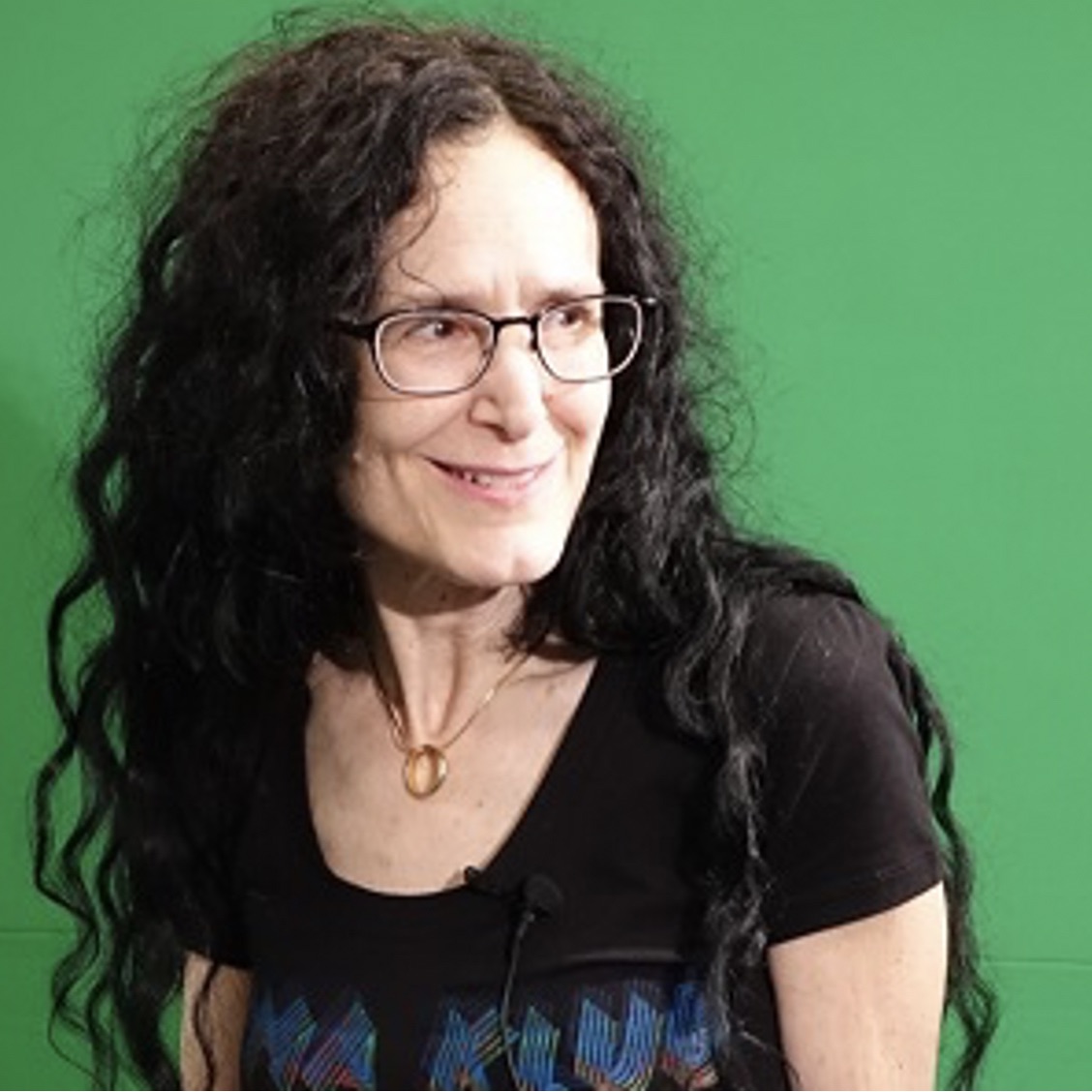 Carla Scaletti Early Sonification Pio
Carla Scaletti Early Sonification Pio -
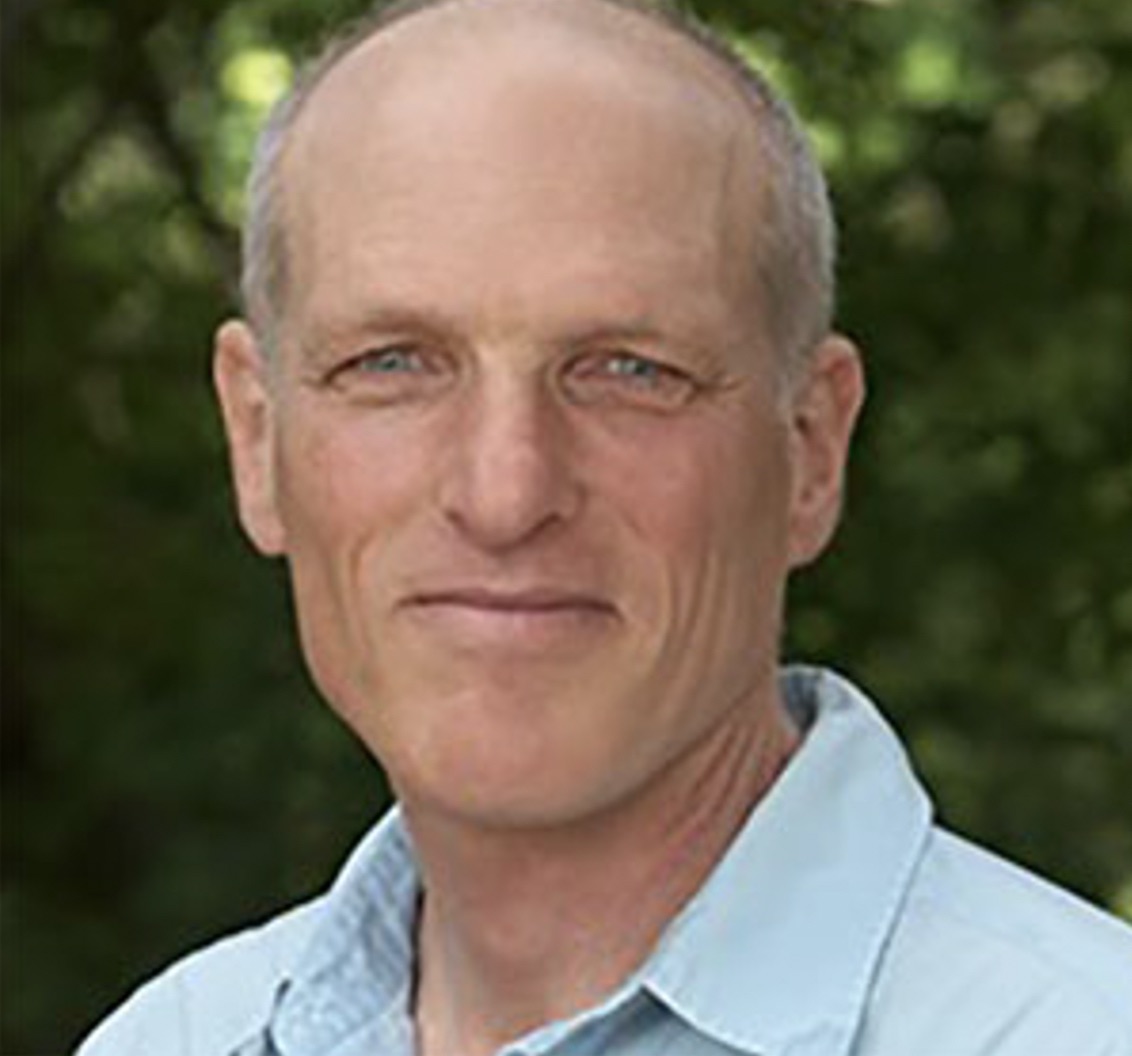 Gregory Kramer Early Sonification Artist
Gregory Kramer Early Sonification Artist -
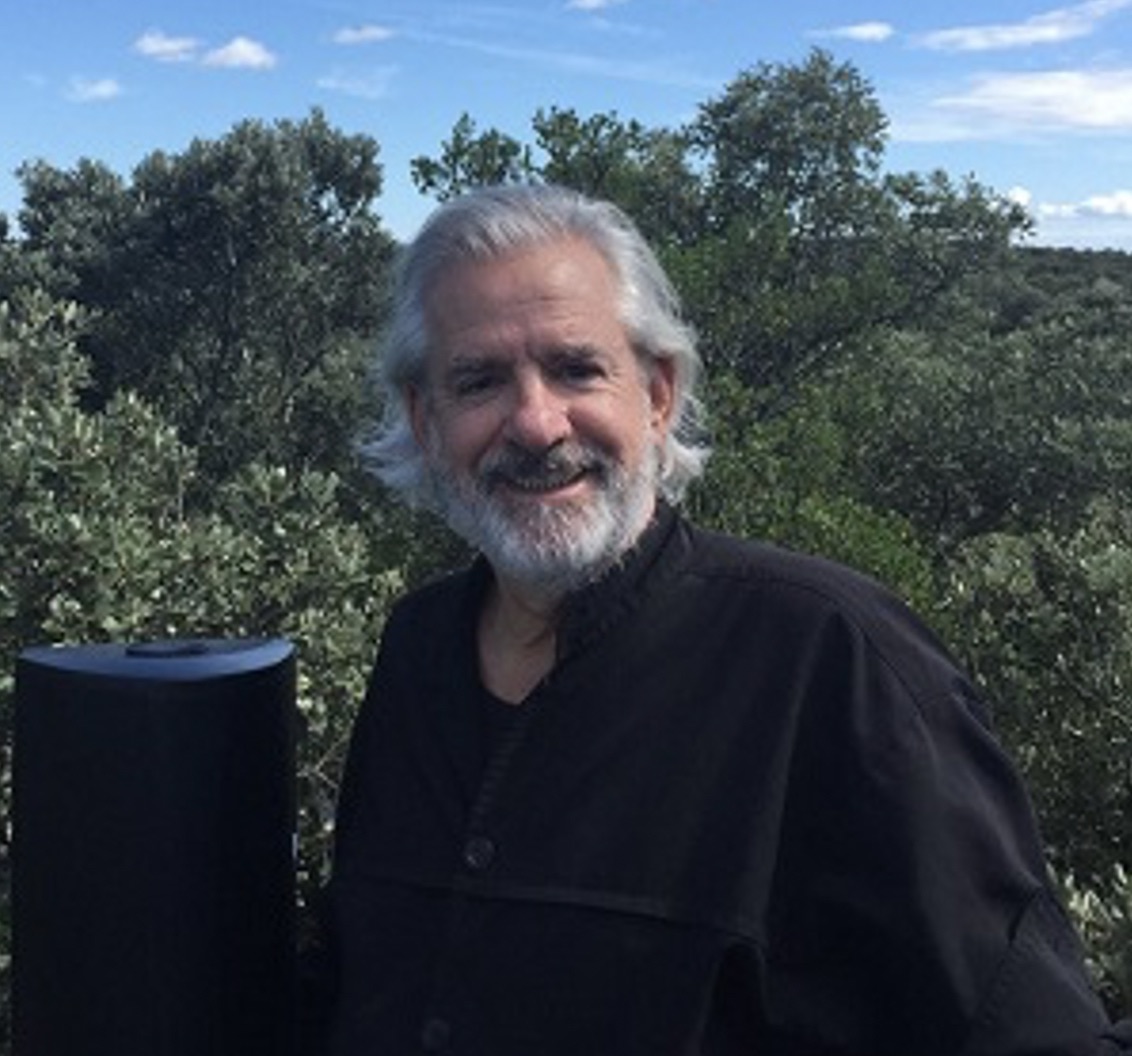 Bert Barten The Talking Trees Project
Bert Barten The Talking Trees Project -
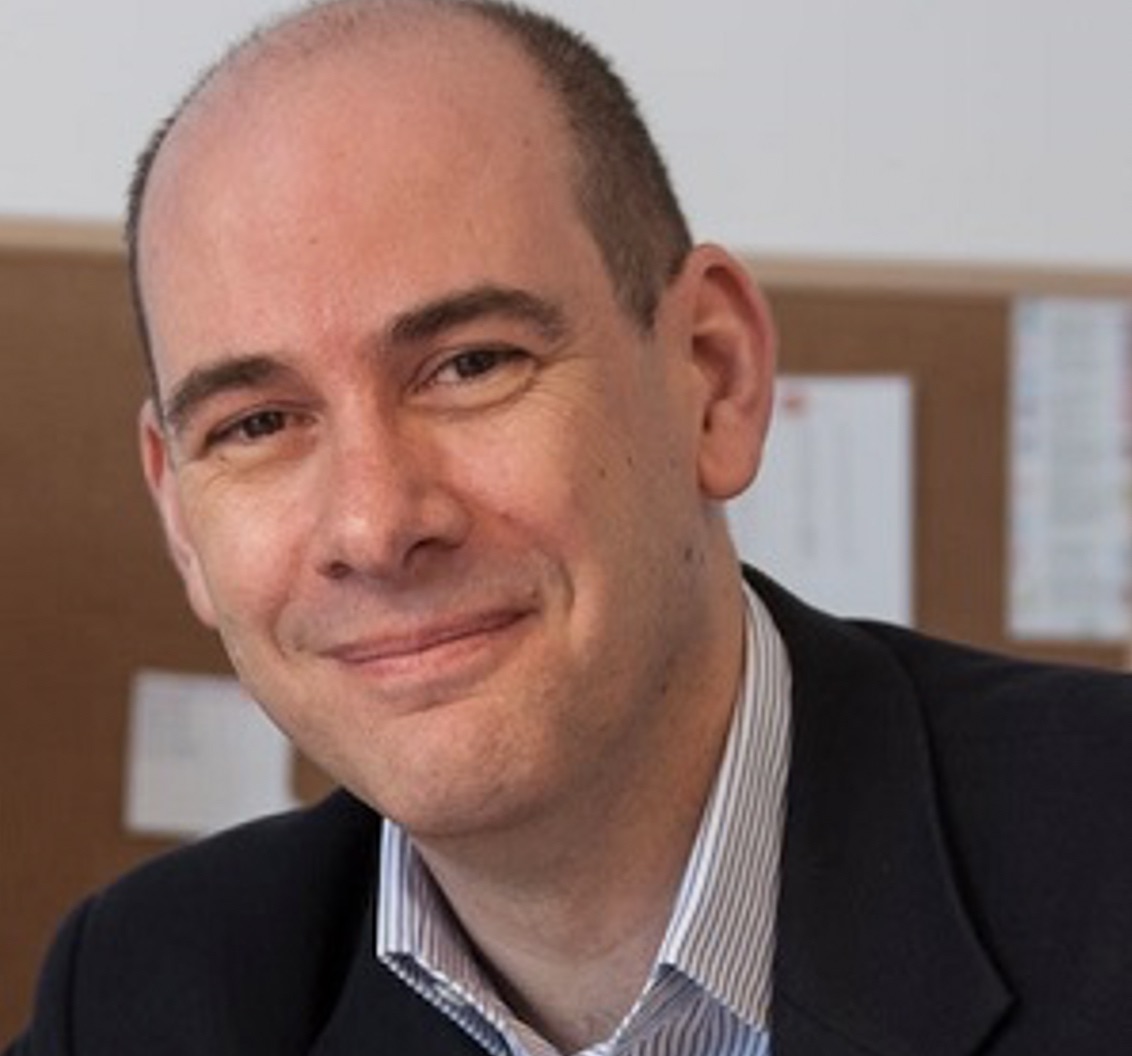 Paul Vickers Sonification and Stand Up Comedy
Paul Vickers Sonification and Stand Up Comedy -
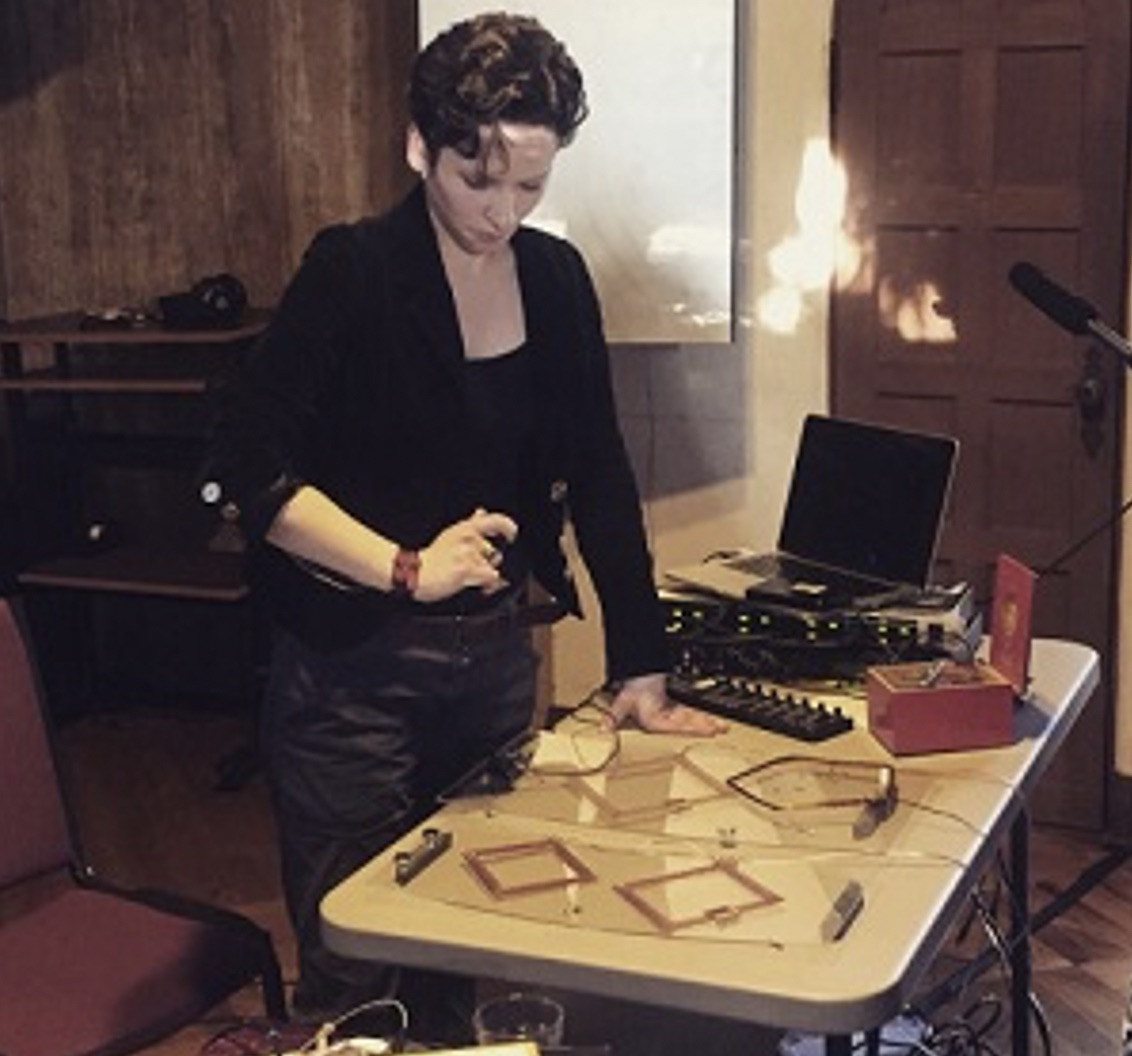 L. Alexis Emelianoff Sonification of Electrical Field
L. Alexis Emelianoff Sonification of Electrical Field -
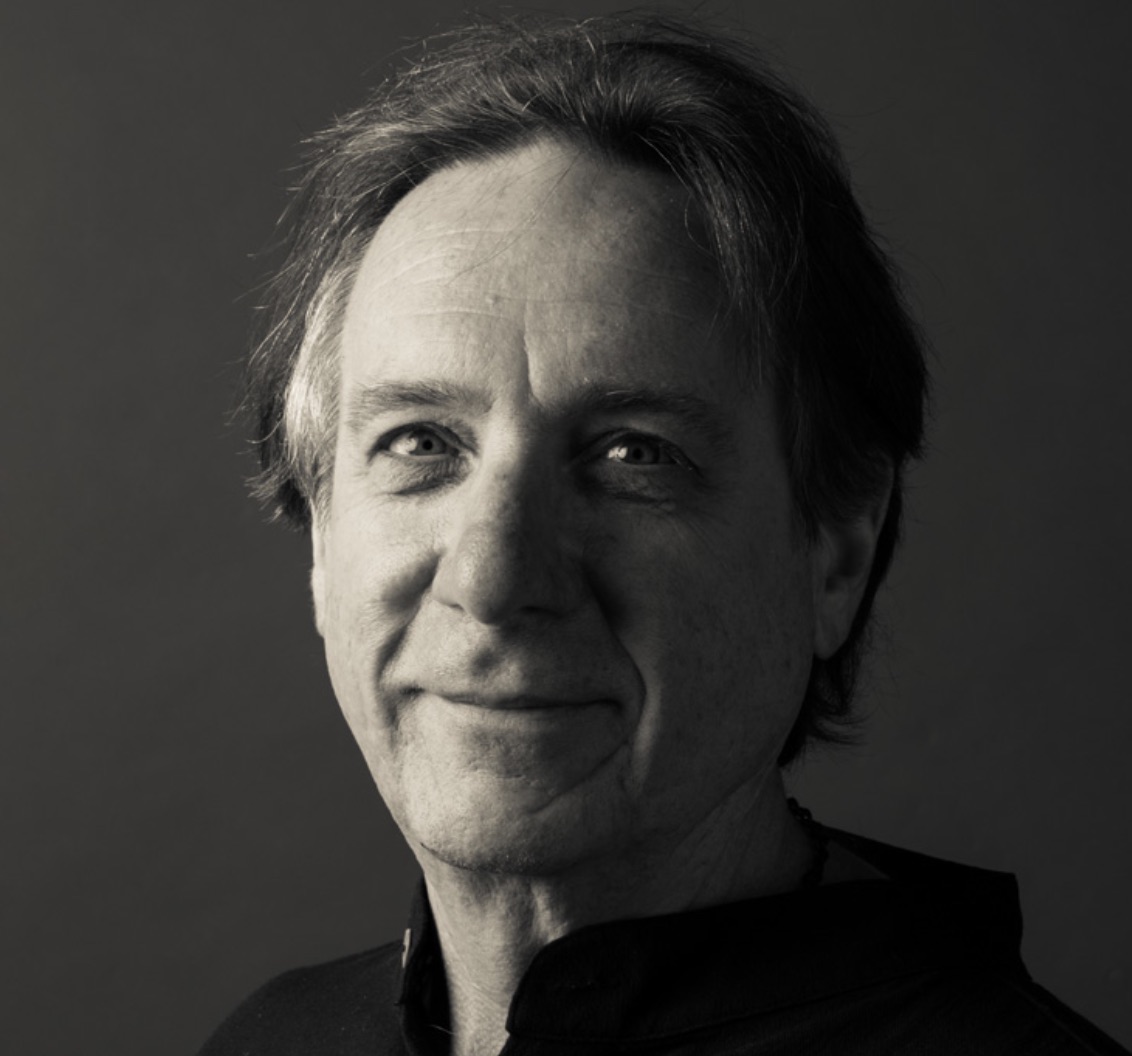 David Worrall Sonification guru
David Worrall Sonification guru -
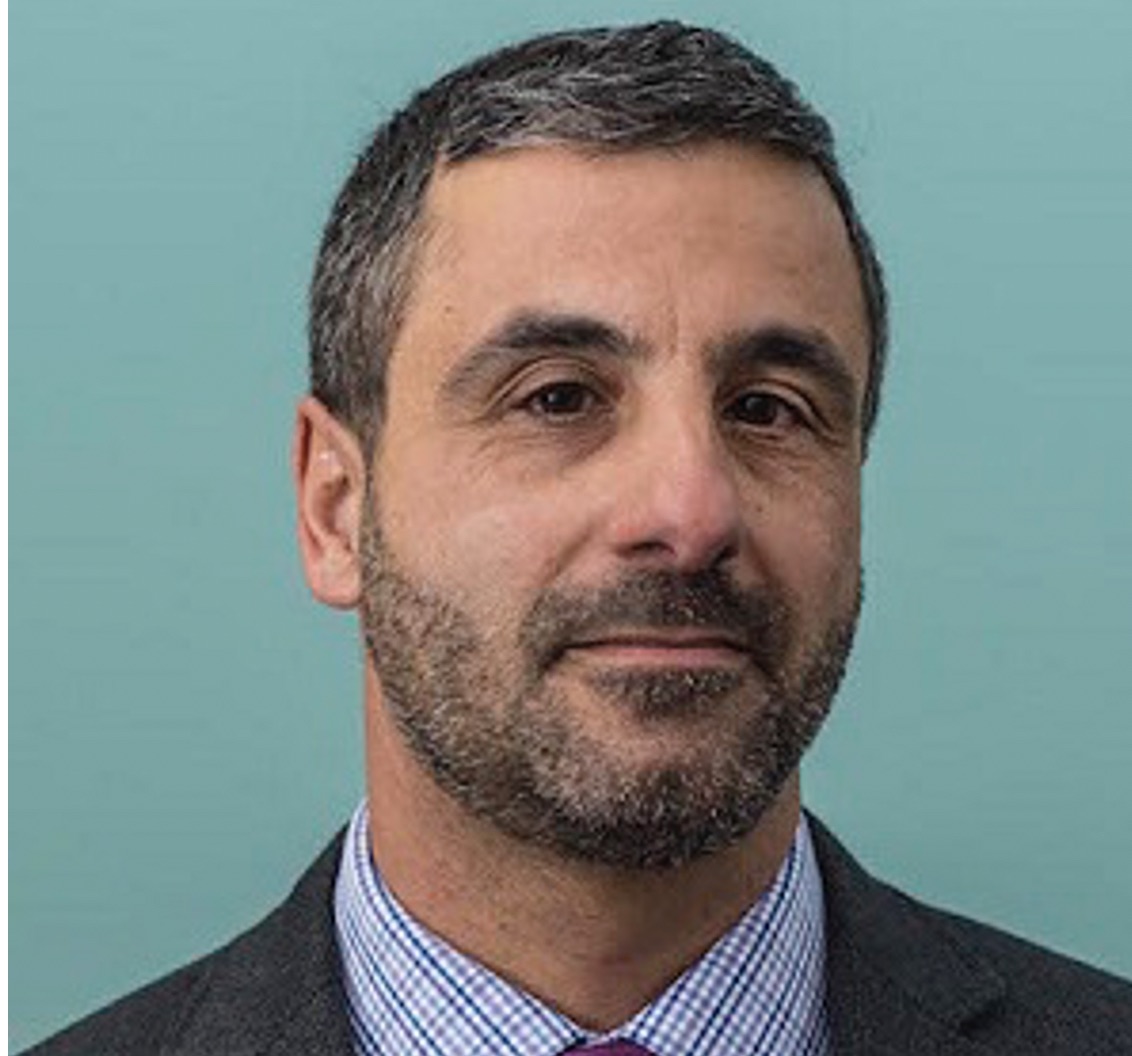 Marco Buongiorno Nardelli Composer - Material Science Physicist
Marco Buongiorno Nardelli Composer - Material Science Physicist -
 Sophia Roosth The Art of the Senses
Sophia Roosth The Art of the Senses -
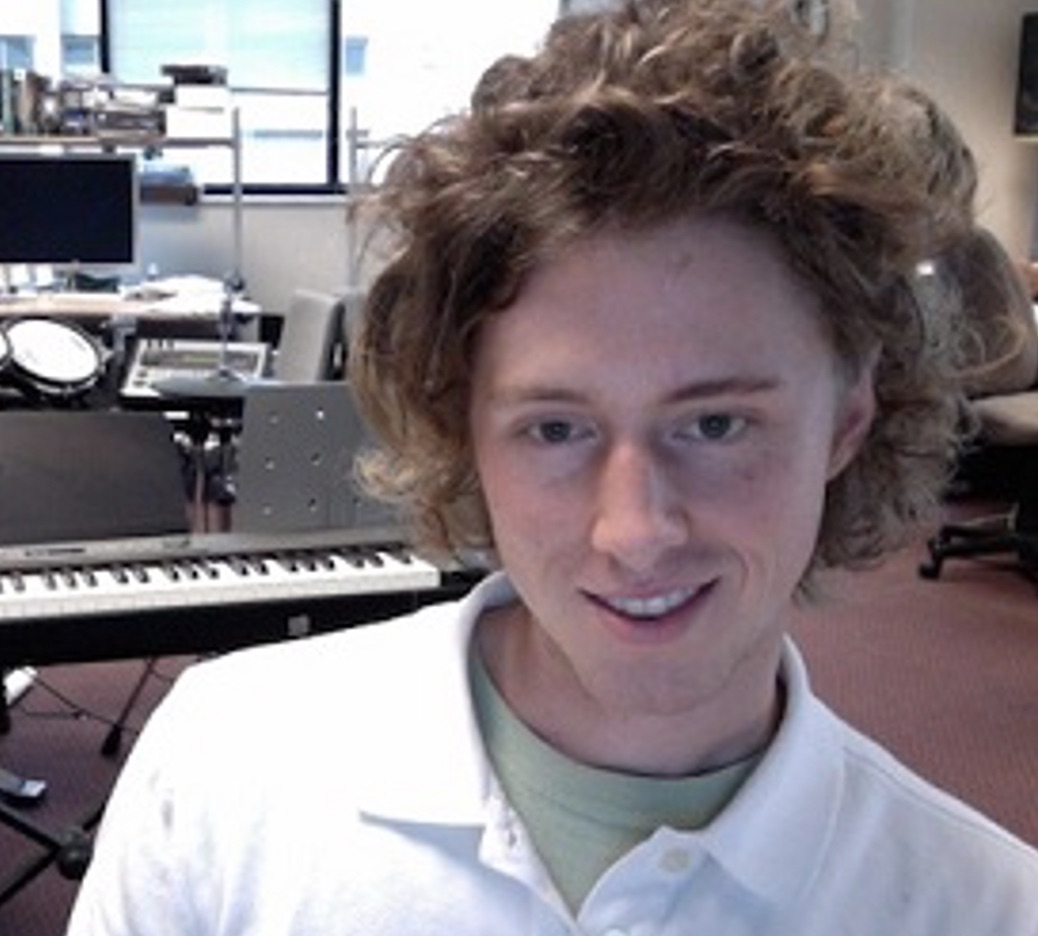 Mike Winters Sonification and Emotion
Mike Winters Sonification and Emotion -
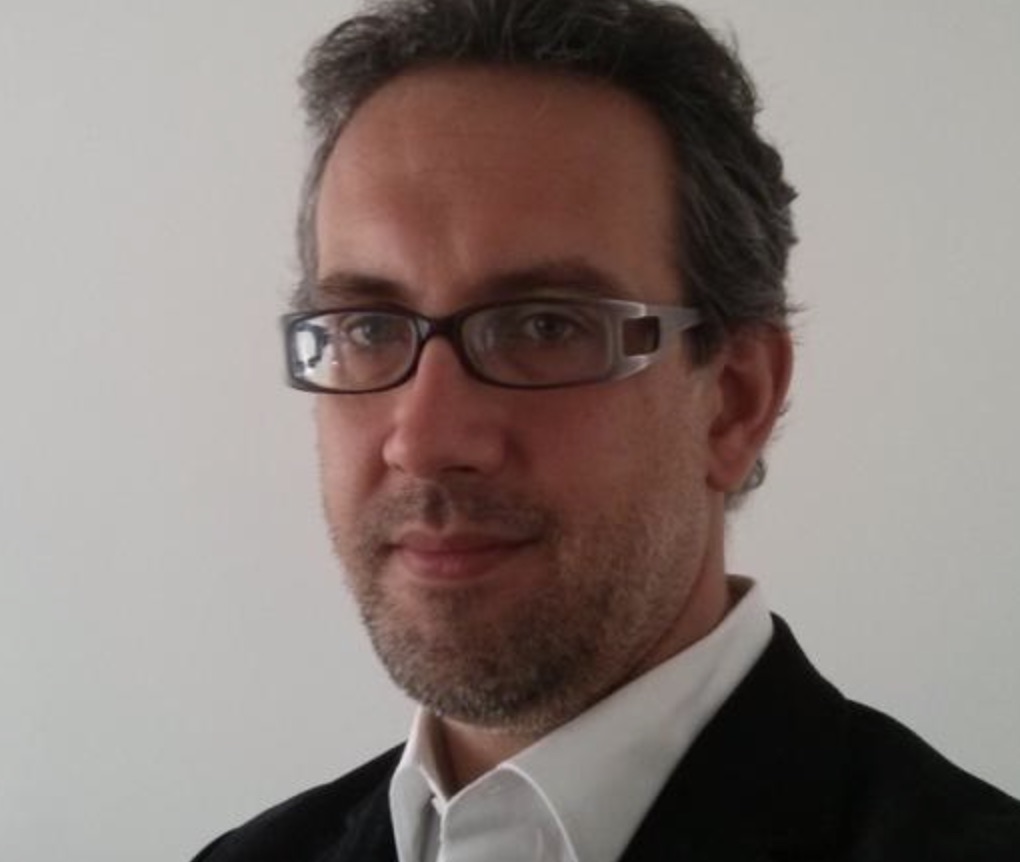 Florian Grond Sonification, Cognition and Interaction
Florian Grond Sonification, Cognition and Interaction -
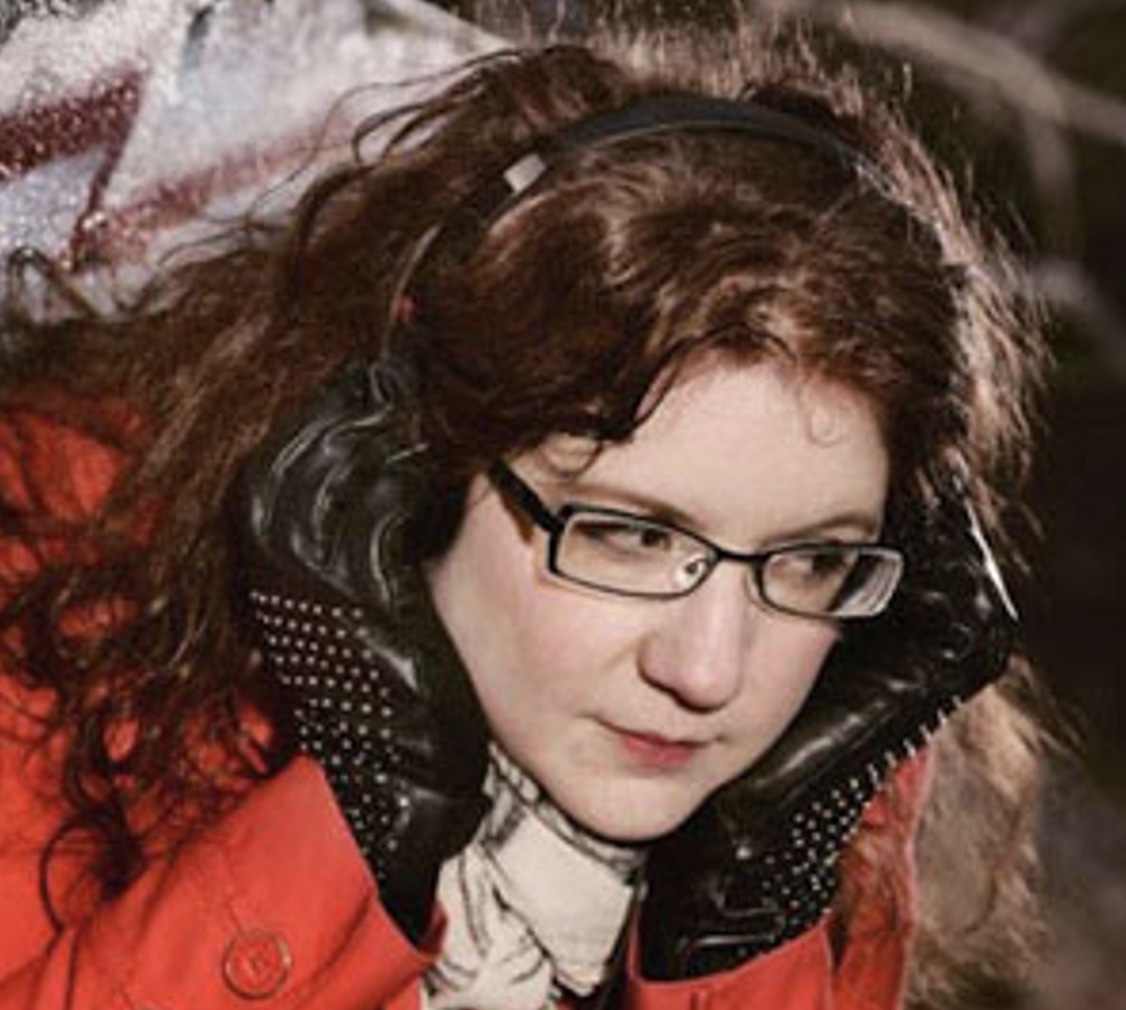 Margaret Schedele Composer - Art Science collaborator
Margaret Schedele Composer - Art Science collaborator -
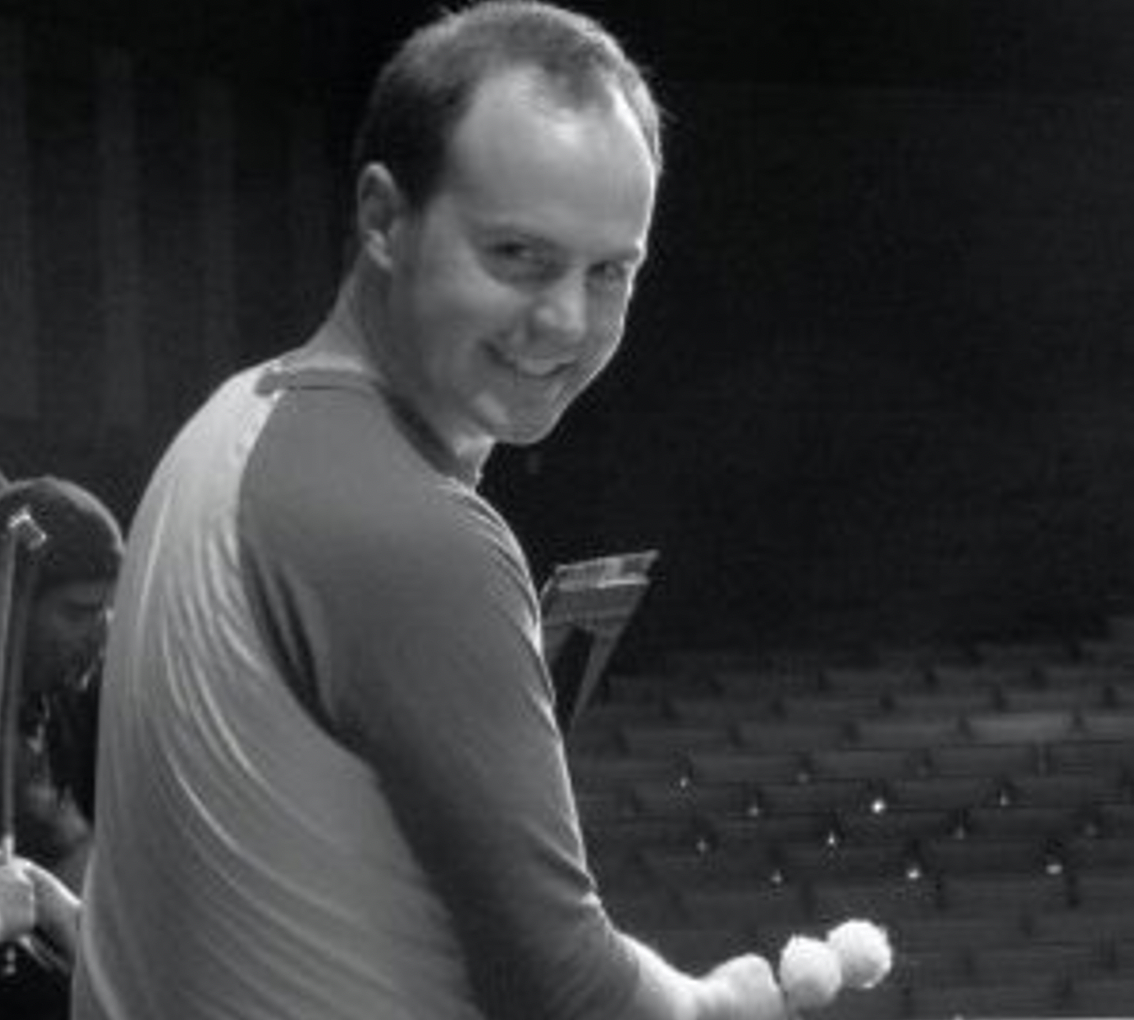 Andrew Blanton Percussion and sonification
Andrew Blanton Percussion and sonification
Related Podcasts
Carla Scaletti Sonification Pioneer
Carla Scaletti is an experimental composer and designer of the Kyma sound design language and co-founder of Symbolic Sound Corporation. Her compositions always begin with a “what-if” hypothesis and involve live electronics interacting with acoustic sources and environments. The listener is encouraged to first watch Carla’s brilliant keynote at the 2017 International Conference of Audio Display if possible at This Link
Gregory Kramer on the beginnings of Sonification
Gregory Kramer is a composer, scientific researcher, author, entrepreneur, and teacher. He is a founding figure in the emerging field of Sonification and published the first book in this area,”Auditory Display: Sonification, Audification and Auditory Interfaces” (Addison Wesley) The definition of sonification that everyone studying this field reads was written by Greg.
Featured Guests

Dolores Catherino
Dolores Catherino is a polychromatic composer and multi-instrumentalist. Her avant-garde compositions use sonic ‘pitch-palettes’ of 106 and 72 EDO (equal divisions of the octave) and are performed on visionary 21st century keyboard
instruments.
As a musician, she is focused on exploring new sonic worlds within a polychromatic framework which simplifies and unifies our rapidly multiplying microtonal pitch-scale methods. Polychromatic concepts of musical
‘pitch-color’ and ‘interval-color’ are also intended to simplify the exploration of new aesthetic possibilities in the practice of associative synesthetic awareness: learned associations and conceptual/perceptual integration of
audible
pitch with visual color. With an undergraduate study in music and graduate study in medicine, she hopes to explore and develop integrated perspectives between the sound arts and sciences.

Clarence Barlow
Barlow, who studied composition under Bernd Alois Zimmermann (1968-1970) and Karlheinz Stockhausen (1971-1973), is a universally acknowledged pioneer and celebrated composer in the field of electroacoustic and computer music. He has made groundbreaking advancements in interdisciplinary composition that unite mathematics, computer science, visual arts, and literature. While he has been a driving force in interdisciplinary and technological advances, his music is nevertheless firmly grounded in tradition and thus incorporates much inherited from the past. His works, primarily for traditional instruments, feature a vocabulary that ranges from pretonal to tonal, nontonal, or microtonal idioms, and, further, may incorporate elements derived from non-Western cultures.

Jordan Wirfs-Brock
Jordan Wirfs-Brock studies the future of voice interactions from a human-centered computing perspective. Her research focuses on how unexpected mechanisms—sound, taste, participatory experiences—can help people understand quantitative data. For over ten years, she has been making complex information approachable as a journalist, data analyst, producer, and designer.
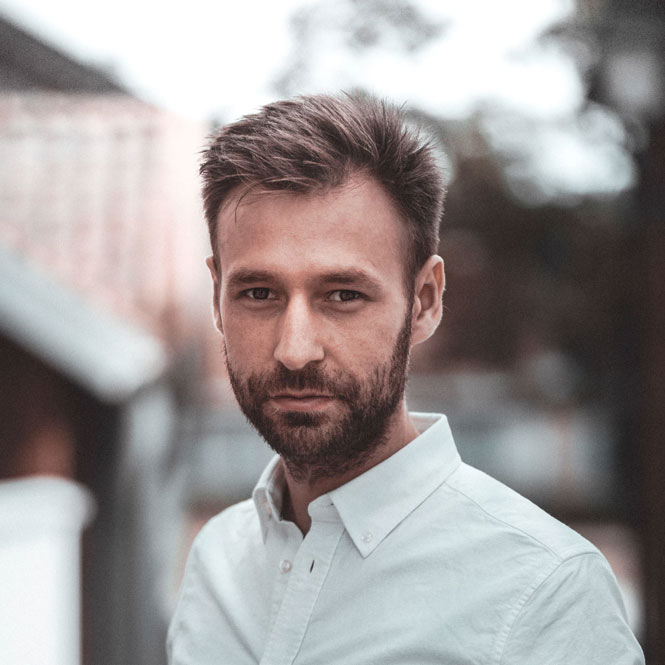
Steven Ericson
Lorem ipsum dolor sit amet, consectetur adipisicing elit. Et, iusto. Aliquam illo, cum sed ea? Ducimus quos, ea?

Nathan Dumlao
Lorem ipsum dolor sit amet, consectetur adipisicing elit. Et, iusto. Aliquam illo, cum sed ea? Ducimus quos, ea?

Brook Smith
Lorem ipsum dolor sit amet, consectetur adipisicing elit. Et, iusto. Aliquam illo, cum sed ea? Ducimus quos, ea?
